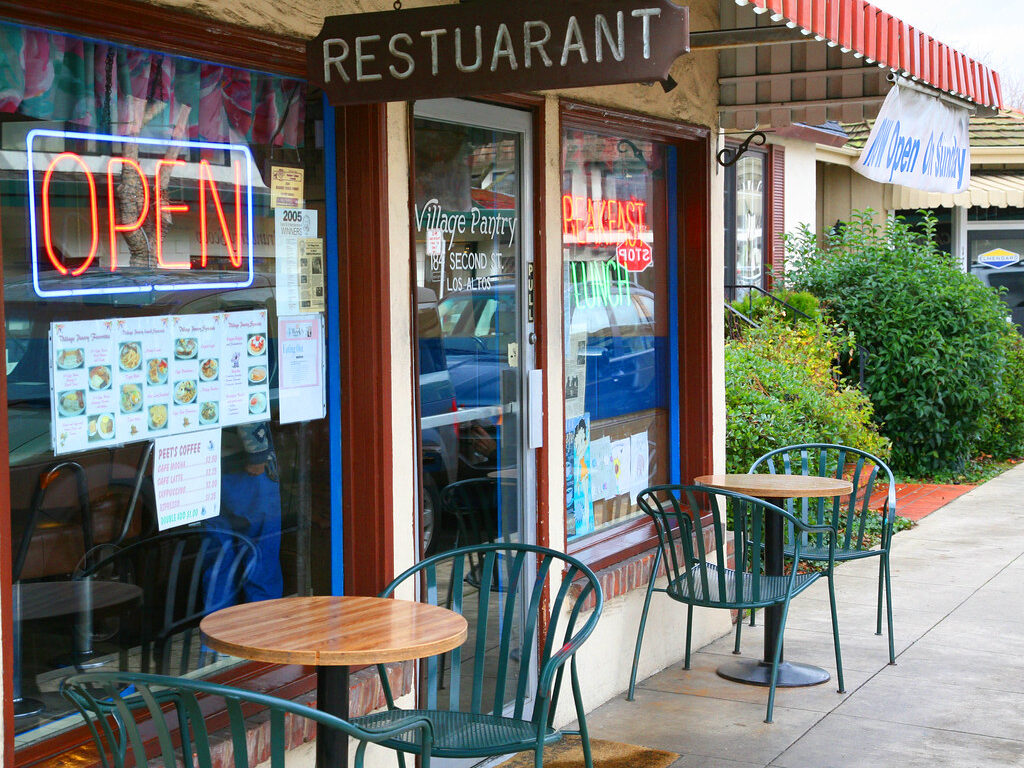
When you go out to eat, you want good food, a nice vibe, and a place that feels worth your time, but sometimes a restaurant gives off little warning signs that something’s not right, and if you notice them early, you can save yourself from a bad meal or even getting sick. Here are 15 restaurant red flags you should never ignore.
When the menu is way too long.

If a restaurant has a menu that looks more like a phone book, that’s not a good sign. It usually means they’re not making things fresh and are probably using frozen or pre-made food. No kitchen can cook hundreds of dishes perfectly, so it’s better to eat at places that focus on fewer things and do them really well instead of trying to please everyone.
When it smells like cleaning products instead of food.

You walk into a restaurant expecting to smell something delicious, but instead, it smells like bleach or air fresheners. That could mean they’re trying to cover up other smells, like something rotten or moldy. While cleanliness is important, you shouldn’t be overwhelmed by chemical smells in a place that’s supposed to make your food—it might be hiding something worse.
When no one greets you or even notices you walked in.
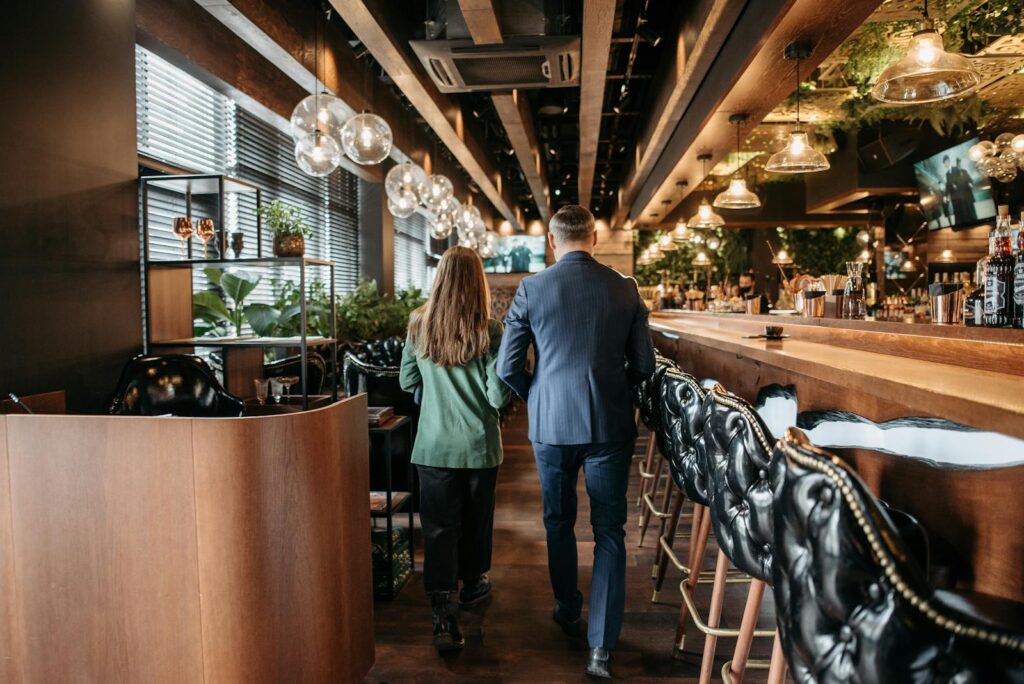
If the staff doesn’t acknowledge you after you enter, that’s a big red flag. It shows they might not care about service or that they’re unorganized. Good restaurants always try to make you feel welcome, even if they’re busy. Being ignored right from the start usually means the rest of the experience won’t be great either, so it’s okay to just walk away.
When the restaurant looks empty during peak hours.

A place that’s nearly empty at lunchtime or in a rush for dinner might have a serious problem. People usually go where the food is good and the service is worth it, so if a spot has lots of open tables when others are full, that’s not a good sign. Trust the crowd—if nobody’s eating there, it probably means there’s a reason why.
When the tables or menus feel sticky.
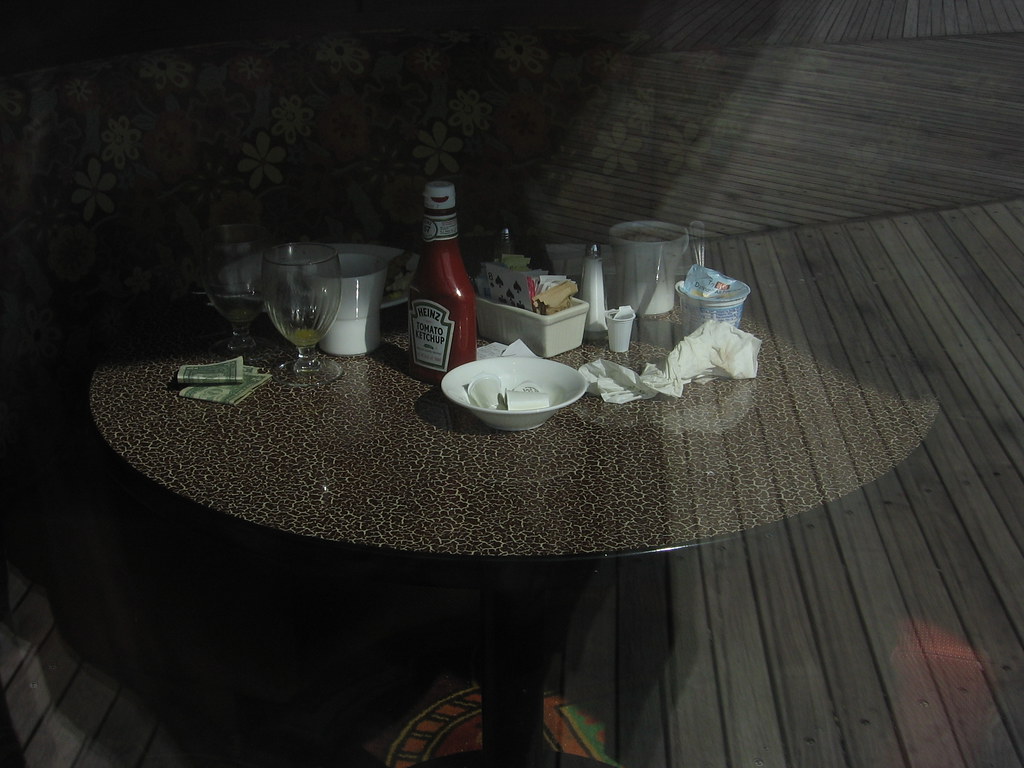
Sticky tables or greasy menus usually mean the place isn’t being cleaned properly, and that’s a hygiene issue. If they don’t wipe down basic things that customers touch all the time, imagine how clean (or not) the kitchen is. It shows they’re not paying attention to the small stuff, which usually means bigger problems are ignored, too.
When the kitchen is hidden and completely silent.

Some of the best restaurants have open kitchens or at least let you hear some activity from behind the scenes. But when everything is dead silent and hidden, it can feel suspicious. You don’t know what’s going on back there, and in some cases, that’s exactly what they want. If they’re proud of their food, they won’t feel the need to hide it.
When the specials aren’t really special.

Daily specials should be exciting or seasonal, but if they’re just old items with fancy names, that’s a red flag. Sometimes, restaurants try to push food close to going bad by calling it a “special.” If the server can’t explain what makes the dish special or the price seems too low, they might just be trying to get rid of leftovers.
When your server avoids eye contact or rushes you.

If the person serving you barely looks at you or seems like they want you gone, that’s not a great sign. It could mean they’re not trained well, the staff is overworked, or the place doesn’t care about your experience. Good service makes a big difference in how your food feels, so if the vibe feels off from the start, trust your gut.
When there’s a weird or musty smell near your table.

You shouldn’t smell mildew or dampness while sitting down to eat. If there’s a weird odor around your table or in the bathroom, that could mean water damage, mold, or problems with the ventilation system. These issues are serious and can affect your health, so even if the food looks okay, don’t ignore those strange smells in the air.
When the staff doesn’t follow basic food safety rules.
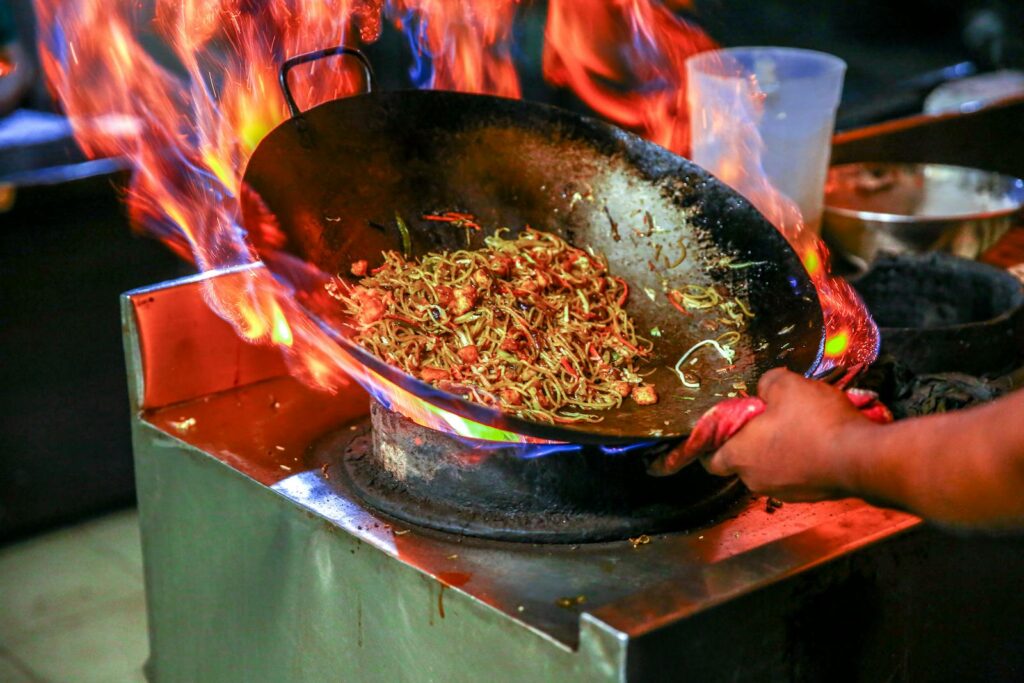
Watch how the staff handles food or brings it to your table. If they touch your glass by the rim or bring dishes out with their fingers all over the plate, it means they’re not following food safety rules. This kind of carelessness can lead to you getting sick. Clean hands, gloves, and simple awareness go a long way in keeping you safe.
When they only take cash and give no receipts.
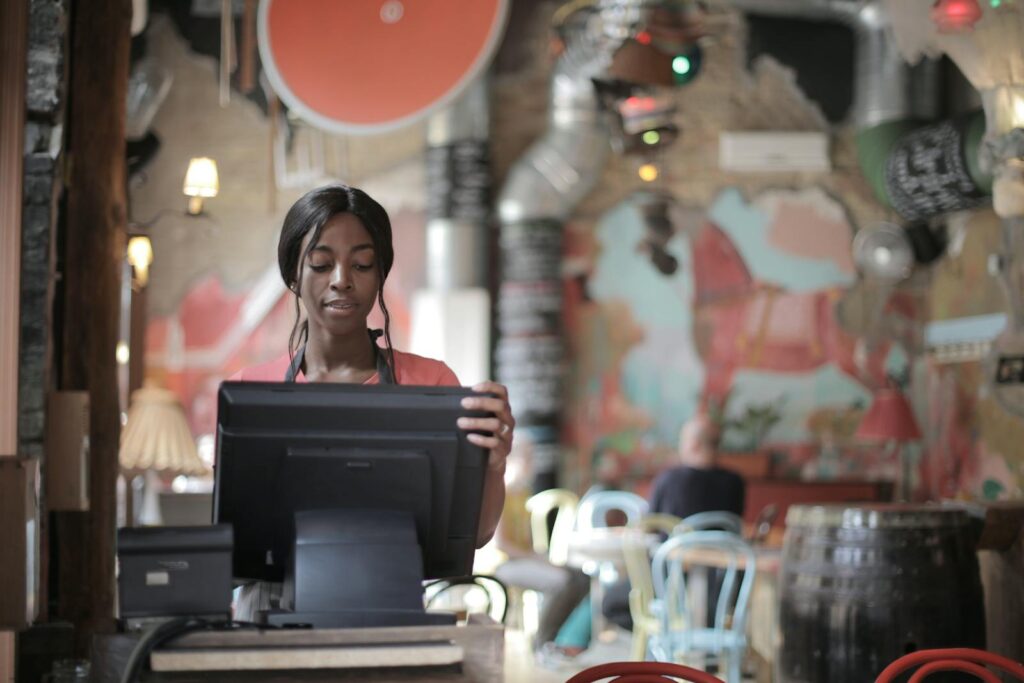
If a restaurant only takes cash and doesn’t give you a receipt, that’s a little shady. It could mean they’re avoiding taxes, cutting corners, or not reporting things honestly. While some small spots do this to save money, it’s not always a great sign, especially if other red flags are also showing. A proper business should be transparent and organized.
When dishes arrive way too fast.
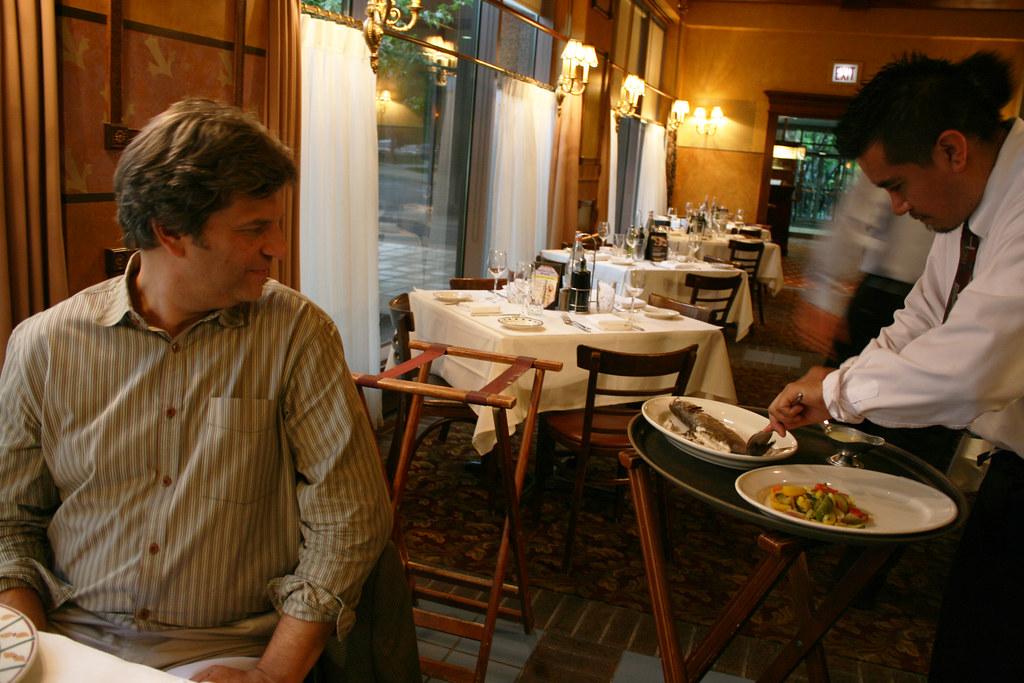
Getting your food five minutes after ordering might sound nice when you’re starving, but it usually means the food isn’t being made fresh. It’s likely just being reheated or microwaved, which isn’t what you want if you’re paying full price for a meal. Good food takes time, so super-fast service isn’t always a good thing, especially if the meal looks too perfect too quickly.
When you see pests or insects—anywhere.
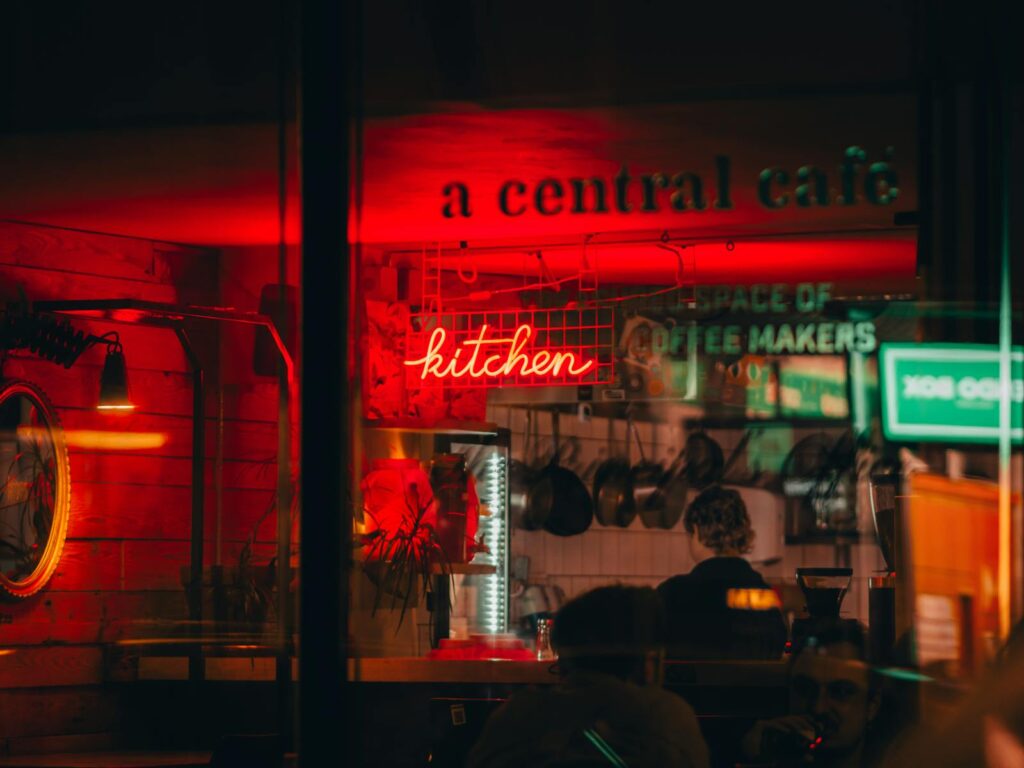
Even one roach or fly in a restaurant is enough to walk away. It’s not just gross—it’s dangerous. Pests carry bacteria and can ruin the food they touch. If you see something crawling on the wall, flying near your table, or hear buzzing in the bathroom, that’s a sign the place has a problem and probably isn’t being cleaned the way it should be.
When all the online reviews say the same bad thing.

Sometimes, a few bad reviews don’t mean much, but if everyone’s complaining about the same issue—whether it’s slow service, cold food, or rude staff—it’s probably true. Patterns in reviews are important because they show what keeps going wrong. If the restaurant hasn’t fixed these things after multiple complaints, it means they don’t care enough to improve.
When your gut tells you something feels off.

Sometimes, you can’t point to one specific thing, but something feels very wrong. Maybe it’s the vibe, the smell, how your food looks, or just the way the place makes you think. Trust that instinct. You don’t need a concrete reason to leave a restaurant. If your gut is telling you it’s not right, it’s better to find another place than risk a bad meal or worse.
Leave a comment